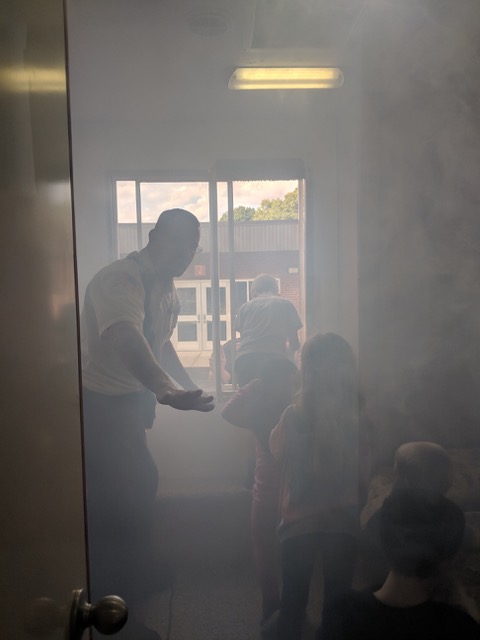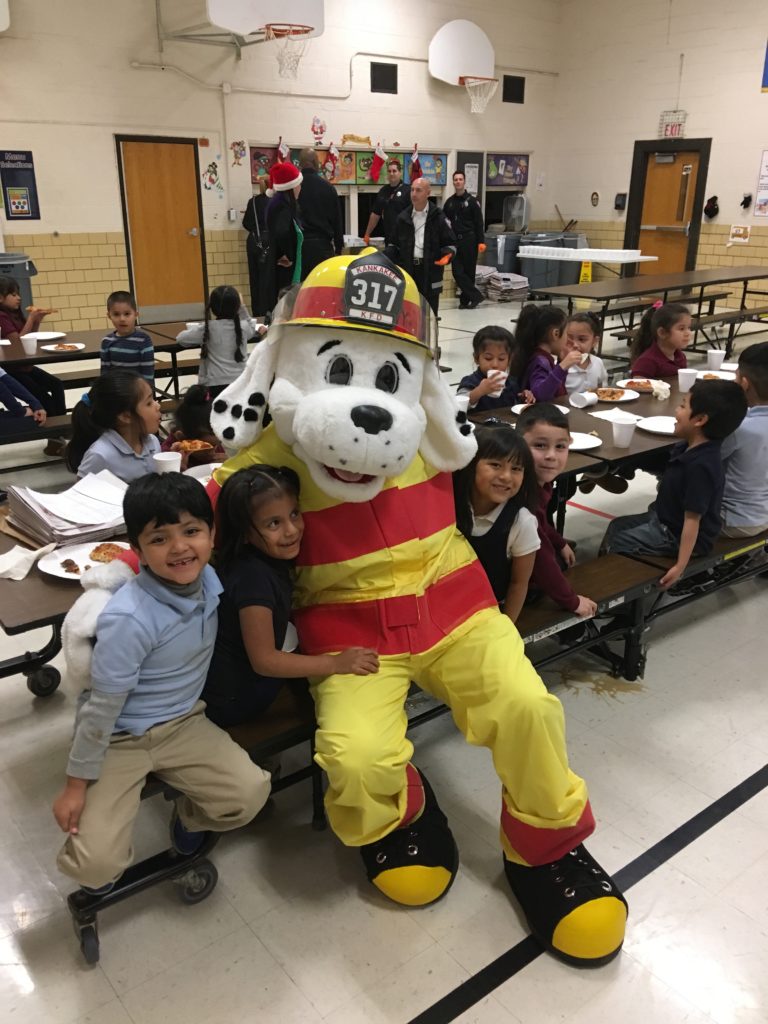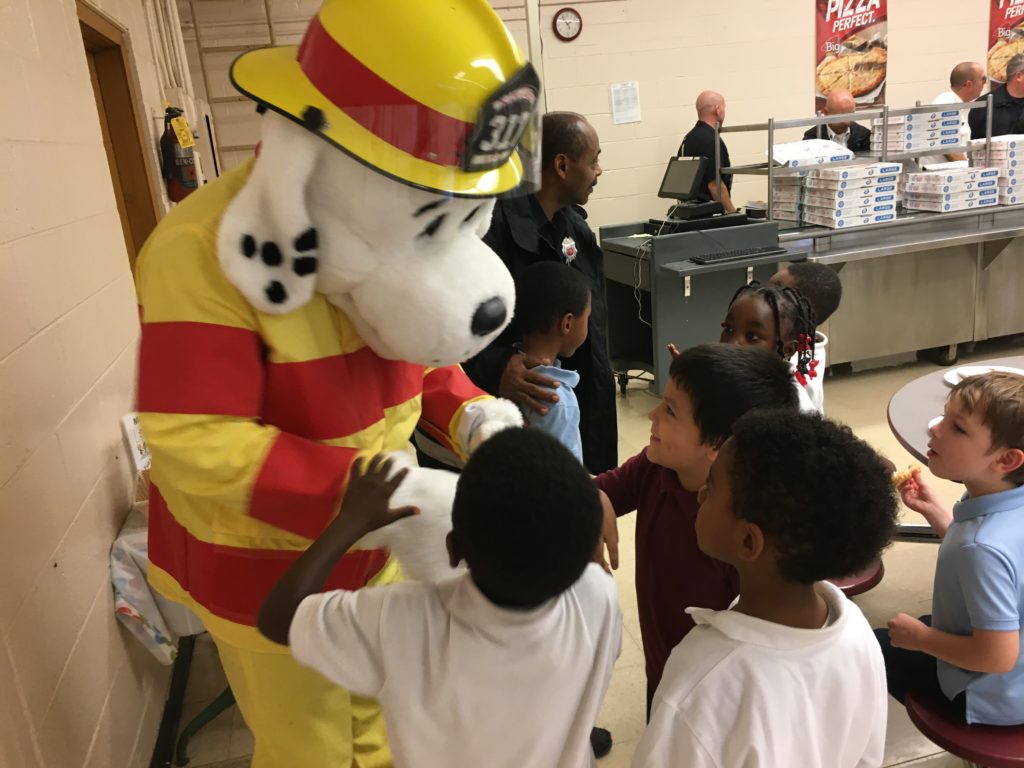Illinois Joins Nationwide Effort to Increase Awareness About Home Fire Sprinklers; Seven Communities Recognized for Adopting Home Fire Sprinkler Ordinances
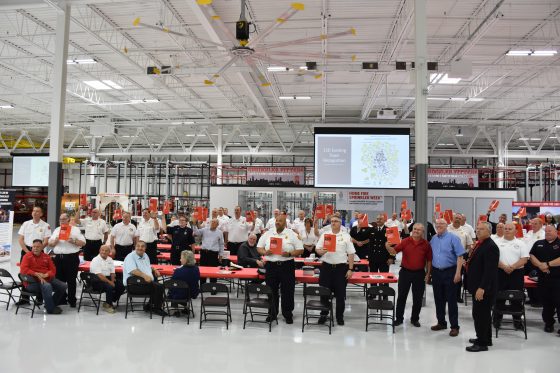
Group shot of attendees with their NFPA 13D book and Russ Sanders from the NFPA.
ORLAND PARK, IL (June 3, 2019) – In honor of National Home Fire Sprinkler Week, leaders from the Illinois fire service gathered to recognize seven communities who adopted codes within the last year that require fire sprinklers in all new single-family homes. The towns include Lake Forest, Crestwood, Elk Grove Village, Rock Island, Carol Stream, Wauconda, and Palatine. Representatives from more than 100 other communities who have adopted the model codes also received a recognition plaque.
The Illinois event was one of 50 held across the U.S. and Canada. The National Fire Protection Association (NFPA) and the Home Fire Sprinkler Coalition (HFSC) initiated this North America-wide campaign to raise awareness of the growing dangers of home fires and the life-saving benefits of home fire sprinklers.
The event was hosted by Alsip Fire Department and Fire Sprinkler Fitters Local 281. Representatives from the Illinois Fire Chiefs Association (IFCA), the Illinois Fire Inspectors Association (IFIA), Illinois Fire Safety Alliance (IFSA), the (IAFPD) Illinois Association of Fire Protection Districts, the National Fire Sprinkler Association (NFSA), and the Illinois Fire Services Association (IFSA) presented at the event and each one awarded one of the 7 towns with a special Coalition plaque. Illinois State Fire Marshal Matt Perez spoke at the event and recognized the communities for adopting codes that protect citizens and firefighters. Fire Marshal Perez also presented a recognition plaque to NFPA Regional Director Russ Sanders for his 25 years of support to the Illinois Fire Service. Individuals who attended ICC and NFPA hearings to vote to include home fire sprinklers in the model codes were also recognized.
“Nothing compares to what they do here in Illinois,” Sanders said. “I’ve been doing this for more than 50 years, and I’m always impressed at what these organizations do here with 107 communities passing these codes.” For a complete list of communities that require home fire sprinklers, photos, facts and other resources, visit the Illinois Fire Sprinkler Coalition’s Media Page.
Jim Kreher of IFCA pointed out that home fire sprinklers have been in national model codes since 2006. They are vital because fires burn quickly due to construction materials used in new construction and the contents in homes. “Home fires can become deadly in as little as two minutes,” Kreher said. “That is not much time for people to escape, especially families with small children, older adults, or people with disabilities. Fire sprinklers prevent fires from becoming deadly so everyone can escape.”
According to Tom Lia, executive director of the Northern Illinois Fire Sprinkler Advisory Board (NIFSAB), every conceivable fire sprinkler demonstration trailer available to communities was on display, including four types of trailers where fires are set so spectators can see how a home fire sprinkler activates. The trailers also include displays featuring risers with all home fire sprinkler components. Three different variations of the side-by-side demonstrations were also on display, including the Lake County demo where two rooms are rolled off a unit and the NFSA/NIFSAB flatbed trailer.
The highlight of the event was a fire and sprinkler side-by-side demonstration that was set up to look like the front of a home. It includes two rooms with identical furniture. One was protected with a fire sprinkler. First, a fire was set in the unsprinklered room. In less than 90 seconds, flashover occurred where the entire room was engulfed in flames. Alsip firefighters used their hoses to extinguish the fire. A second fire was set in the room protected with a fire sprinkler. Heat from the fire activated the sprinkler in less than 30 seconds and kept the fire from becoming deadly. Firefighters used a pump can to make sure the fire was extinguished. There was a dramatic difference between the two rooms after the fires. Everything was destroyed in the unsprinklered room, but there was very little damage in the sprinklered room.
Lia said it is important to recognize the communities and fire districts that adopt ordinances and upgrade their codes. “It is often a long process where the fire department must work with elected officials to make sure everyone is educated, has the facts, and makes the right decision. Some towns are presented with misinformation from builder and real estate groups who try to take sprinklers out of the codes, and it takes elected officials with strong morals and ethics to hold firm and resist the possible corruption. These towns need to be recognized because, ultimately, they will save the lives of their citizens and responding fire and police officials,” Lia said.
All the speakers agreed that protecting new homes with fire sprinklers will make the future safer for residents, first responders, and entire communities for generations to come.




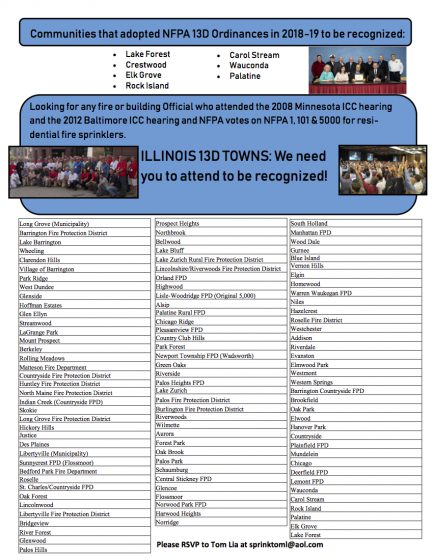






 CHICAGO, IL (April 27, 2019) – A fire broke out on the fifth floor at 3318 North Lake Shore Drive, a residential high-rise building, at noon on Saturday.
CHICAGO, IL (April 27, 2019) – A fire broke out on the fifth floor at 3318 North Lake Shore Drive, a residential high-rise building, at noon on Saturday.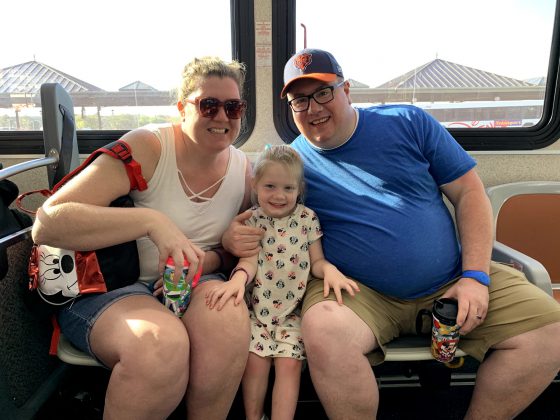 (April 25, 2019) – In Indiana, one of the new state laws signed by Gov. Eric Holcomb in 2018 prohibits state and local lawmakers from requiring fire sprinklers in single-family homes, duplexes, and townhomes (SEA 393). If that sounds counter-intuitive to public safety, know that this high-level opposition to progressive home fire protection codes isn’t restricted to Indiana. Fire safety advocates are dealing with the same thing all across the U.S. With some $517 million spent by the housing industry on political contributions and lobbying (ProPublica 2016), fire sprinkler codes have been banned in 25 states.
(April 25, 2019) – In Indiana, one of the new state laws signed by Gov. Eric Holcomb in 2018 prohibits state and local lawmakers from requiring fire sprinklers in single-family homes, duplexes, and townhomes (SEA 393). If that sounds counter-intuitive to public safety, know that this high-level opposition to progressive home fire protection codes isn’t restricted to Indiana. Fire safety advocates are dealing with the same thing all across the U.S. With some $517 million spent by the housing industry on political contributions and lobbying (ProPublica 2016), fire sprinkler codes have been banned in 25 states. An avowed advocate for residential fire sprinklers, Timmer says he will be forever grateful for the assistance he received from NIFSAB and the others. “I truly do not believe I could live in a house that is not fire sprinkler protected,” he concludes.
An avowed advocate for residential fire sprinklers, Timmer says he will be forever grateful for the assistance he received from NIFSAB and the others. “I truly do not believe I could live in a house that is not fire sprinkler protected,” he concludes. ORLAND PARK, IL (April 17, 2019) – One day after the world watched the massive fire at the Notre Dame Cathedral in Paris and people gasped as the iconic spire fell during the blaze, there was relief that there were no fatalities and news that the cathedral still stands and will be rebuilt. One of the many questions is: how can fires in historic buildings be prevented and how can valuable artifacts be protected?
ORLAND PARK, IL (April 17, 2019) – One day after the world watched the massive fire at the Notre Dame Cathedral in Paris and people gasped as the iconic spire fell during the blaze, there was relief that there were no fatalities and news that the cathedral still stands and will be rebuilt. One of the many questions is: how can fires in historic buildings be prevented and how can valuable artifacts be protected?
